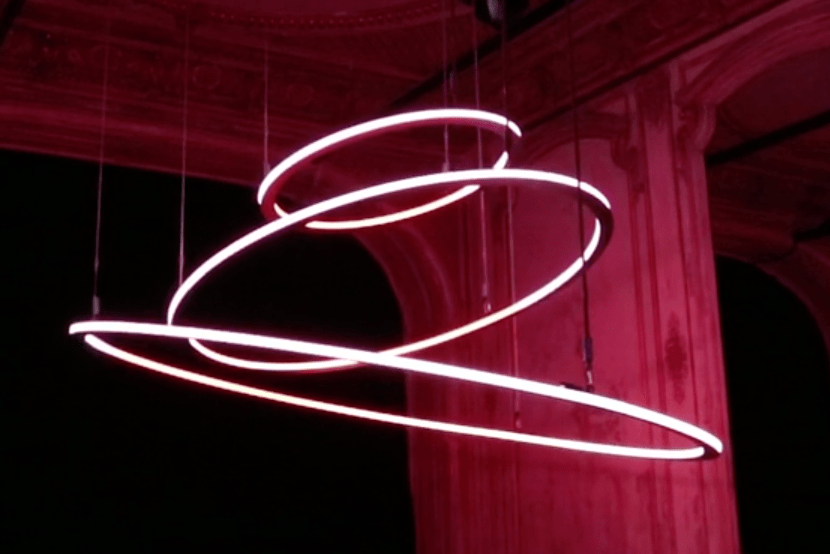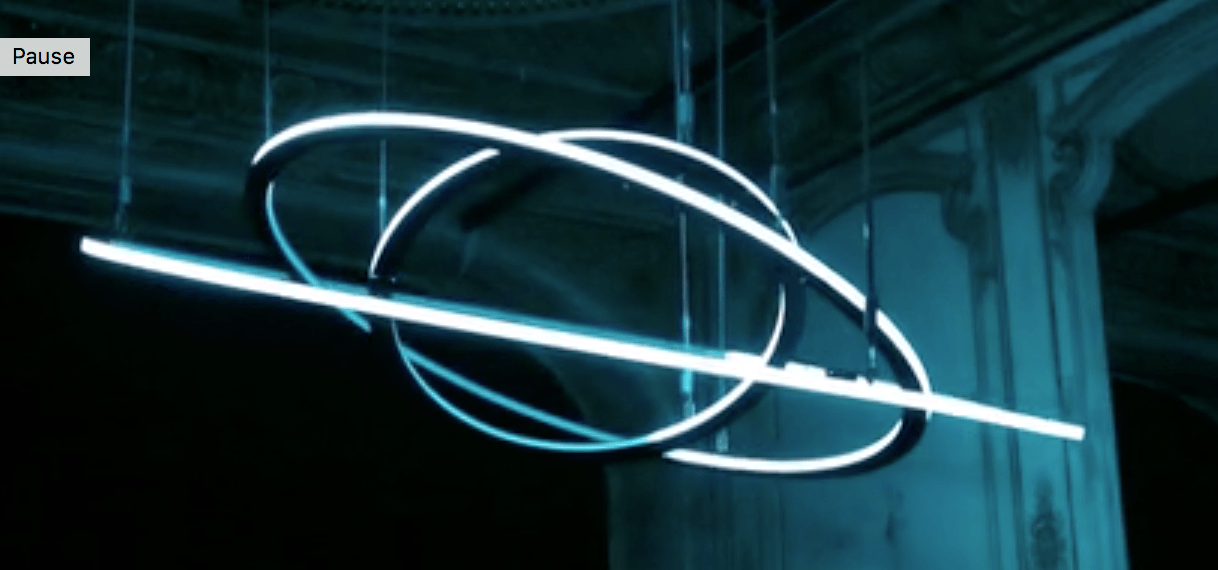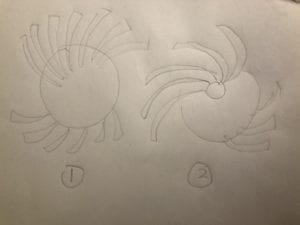We have been focusing on light and light art for the first half of the semester. Therefore, for this final project, I looked more into kinetic artists and attempted to draw inspirations from them. Eventually I want to see how I incorporate the element of light into motion making truly kinetic light art.
Perspective and Context
David C. Roy is a computer programmer turned kinetic art sculptor. He creates wooden kinetic sculpture that moves on its own without external motor, battery or power source. I thought Roy’s approach to kinetic art is quite unconventional and thought-provoking. He utilizes knowledge from when he was a physics student to make his pieces move by manually winding gear wheels.
Another interesting fact is that Roy does not only concern with the movements of his sculptures but also the sound that they create. The idea of stimulating different senses is important when it comes to making people perceiving art.
The second artist I found very inspiring is Christopher Bauder. I was especially attracted to his piece “Circular” composed of three moveable lighting rings suspended from the ceiling. While Bauder gives meaning to the rings by associating them to eternity, I was simply just amazed by the installation itself.
Even though there is only one shape of three different sizes, the varieties of movements they create are stunning. The moves are slow but hypnotizing. There are no flashy changes that force viewers to pay close attention but the paced and controlled movements make people hooked. The effects are strengthened by the appropriate choice of light and music. I think this is an exemplar of kinetic installation supported by usage of light.
Project Description
I got my initial idea from David C. Roy’s piece called “Duality”.
He detailed the three balances he tried to achieve: visual, simple and patterning which are definitely things for me to consider in my final work. He did not explain the meaning behind the name but I interpret it in two ways. First, just looking at the shape, there are two panels and their corresponding patterns interacting with each other. When they are apart, they are just on their own. But the interaction creates duality. Second, the patterns changes with time as the speed at which each panel moves is different. Depending on the timing, we see different effects. This is like anything in life, depending on how we look at it, it can be negative and/or positive.
For the final project, I want to take the general shape as an inspiration, added with my own understanding of duality and combine it with lights to put on an additional layer of visual complexity. For the motion part, I will be using motors instead of Roy’s secret method of winding.
For the motion part, I will be using motors instead of Roy’s secret method of winding. This is because first I do not have his knowledge, second by using motors I can create a generative composition. Since the panels have to move at different speeds to create changing patterns, at least two motors are required. For the light part, I will use either analog or digital LED strips. The specific way of using the lights such as where to put them and what patterns to pick is not determined. I would like to test things out once the prototype structure is done before making a final decision. At this point, I consider the motion part as the primary characteristic and the light part a supplementary aspect of the project.
Production Schedule
April 25: Buy materials
April 27: Start designing prototype of the final structure
April 29 & 30: Use 3D printing and/or Laser cutting with different materials to see the effects.
May 1 &2&3: Experiment with motor(s), see how the two panels interact and the patterns create with the motors on
May 4&5: Add LED lights on, develop code for lights
May 7&8: More testing with colors, patterns and speeds;
Finalize size of the structure
May 9&10: Find the best way to display the project
May 11—May 14: More testing and adjustments



